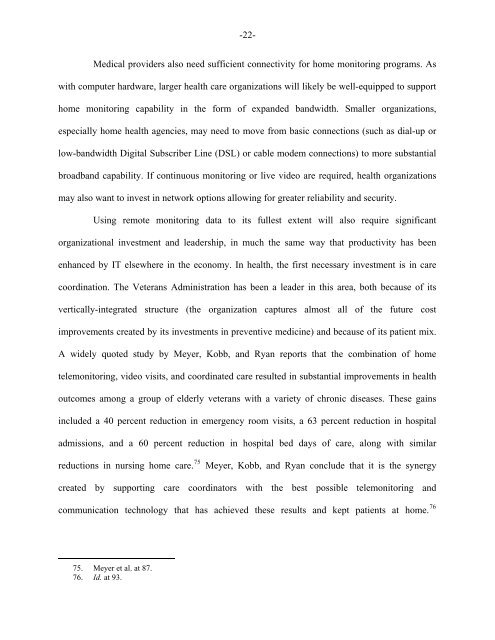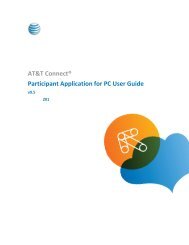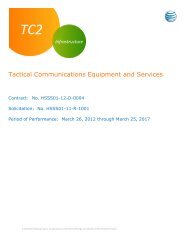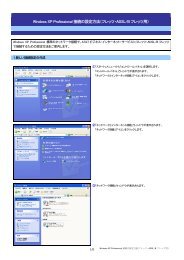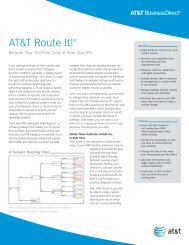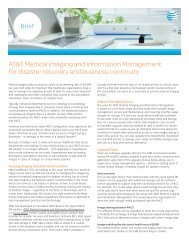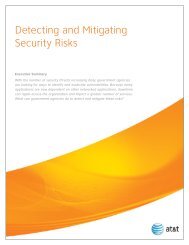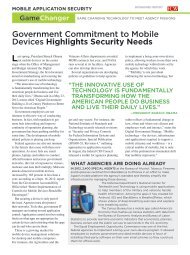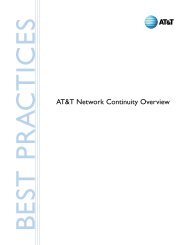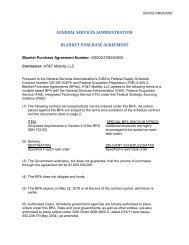VITAL SIGNS VIA BROADBAND: - Broadband Illinois
VITAL SIGNS VIA BROADBAND: - Broadband Illinois
VITAL SIGNS VIA BROADBAND: - Broadband Illinois
Create successful ePaper yourself
Turn your PDF publications into a flip-book with our unique Google optimized e-Paper software.
-22-Medical providers also need sufficient connectivity for home monitoring programs. Aswith computer hardware, larger health care organizations will likely be well-equipped to supporthome monitoring capability in the form of expanded bandwidth. Smaller organizations,especially home health agencies, may need to move from basic connections (such as dial-up orlow-bandwidth Digital Subscriber Line (DSL) or cable modem connections) to more substantialbroadband capability. If continuous monitoring or live video are required, health organizationsmay also want to invest in network options allowing for greater reliability and security.Using remote monitoring data to its fullest extent will also require significantorganizational investment and leadership, in much the same way that productivity has beenenhanced by IT elsewhere in the economy. In health, the first necessary investment is in carecoordination. The Veterans Administration has been a leader in this area, both because of itsvertically-integrated structure (the organization captures almost all of the future costimprovements created by its investments in preventive medicine) and because of its patient mix.A widely quoted study by Meyer, Kobb, and Ryan reports that the combination of hometelemonitoring, video visits, and coordinated care resulted in substantial improvements in healthoutcomes among a group of elderly veterans with a variety of chronic diseases. These gainsincluded a 40 percent reduction in emergency room visits, a 63 percent reduction in hospitaladmissions, and a 60 percent reduction in hospital bed days of care, along with similarreductions in nursing home care. 75Meyer, Kobb, and Ryan conclude that it is the synergycreated by supporting care coordinators with the best possible telemonitoring andcommunication technology that has achieved these results and kept patients at home. 7675. Meyer et al. at 87.76. Id. at 93.


